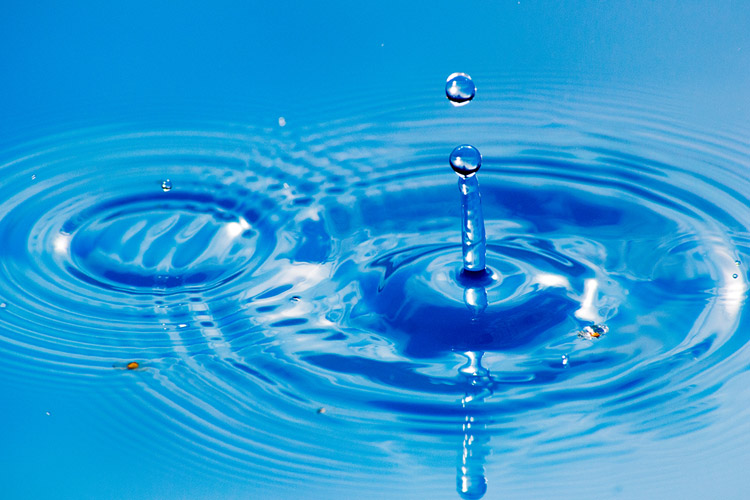The most common source of swell is mid-latitude depression. When the wind blows over the ocean, energy is transferred from air to water, and waves are generated.
Capillary waves represent the initial stage of wave generation. They are the first waves produced by small vortices in a completely flat sea and have a very short wavelength.
Perhaps the best way to exemplify the capillary wave is to imagine a simple hairdryer, which can switch itself on and off about once a second.
You point it to the surface of the water, and magic happens. The jet will cause a depression in the water's surface and a lump all around.
The capillary waves feature a V-shaped trough, rounded crests, and a maximum wavelength of 0.68 inches (1.73 centimeters).
In the open ocean, capillary waves are also known as cat's paw waves because they resemble the feline's paw prints.

The Turbulent Eddies
They're the first stage of a groundswell formation.
But if you switch off the hairdryer switches itself off, the scenario changes.
Watch how the depression area and the lumps bounce up and down, the wave motion propagates outwards, and the wave gets bigger.
As waves start traveling, they become gravity waves. Why? Because the newborn ripples develop their own "private" vortices called Eddies.
The turbulent Eddies make the waves bigger, and the restoring force becomes gravity instead of wind power.
One could think that gravity waves get perpetually bigger, but that is not the case.
At a certain stage of the wave motion, wind and gravity start working against each other, and white capping takes over to limit the wave's energy.
Do you know how waves are formed in the open ocean? Can you identify the four types of breaking waves?
